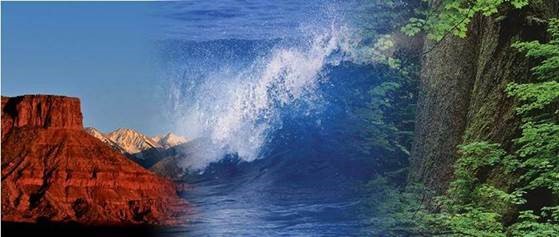
Faculty Publications
Document Type
Article
Abstract
Deep seismic reflection data from the 1995 Urals Seismic Experiment and Integrated Studies (URSEIS) transect of the Southern Urals document a distinct ∼5 km vertical offset of the Moho beneath the Uralian foreland, here named the Makarovo fault zone. This offset does not disrupt the overlying Riphean sedimentary section, nor does it correlate with any major surface lineaments or known Phanerozoic subduction features. It is thus interpreted to be an Archean or Early Proterozoic fault zone (possibly a terrane boundary) that disrupts an even older Moho. Most important is the implication that this structure and the Moho it offsets were not significantly modified by two subsequent cycles of continental collision that affected this region, the Baikalian (700–570 Ma) and the late Paleozoic Uralian (350–230 Ma) orogenic phases. Similarly, the pronounced reflectivity of the Moho beneath the Uralian foreland must also be a Precambrian signature, not a young feature, as would be implied by certain recent thermo-rheological and reflectivity models that associate a reflective lower crust and Moho with areas that underwent pronounced synorogenic or postorogenic collapse. The Makarovo fault zone provides yet another demonstration that relicts of ancient tectonic processes can survive for long periods of time in the lower crust, and that the Moho can be a key marker horizon in delineating the tectonic evolution of the lithosphere.
Publication Info
Published in Geology, Volume 26, Issue 3, 1998, pages 211-214.
Rights
Diaconescu, C. C., Knapp, J. H., Brown, L. D., Steer, D. N., & Stiller, M. (1998). Precambrian Moho offset and tectonic stability of the East European platform from the URSEIS deep seismic profile. Geology, 26 (3), 211-214.
©Geology 1998, Geological Society of America

